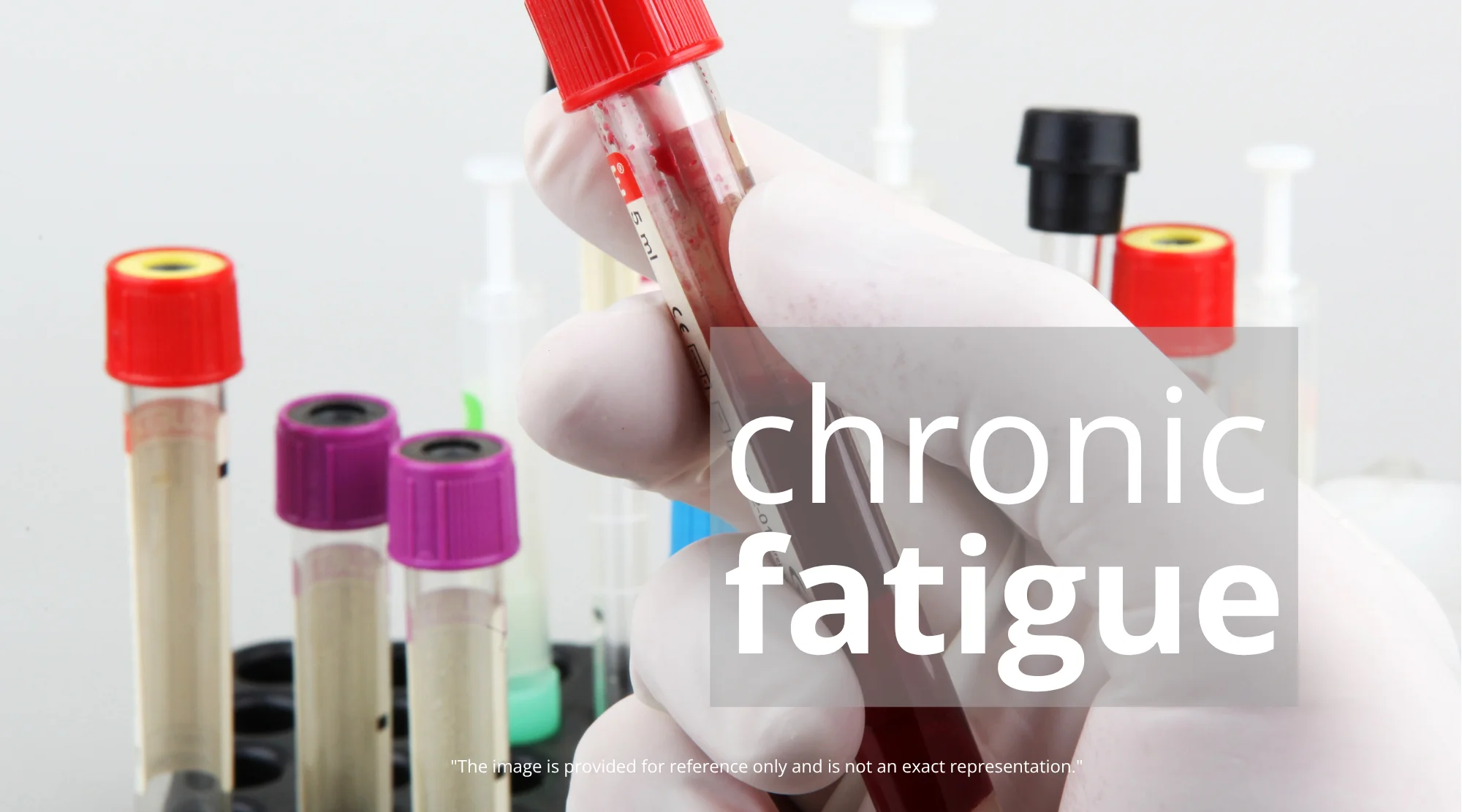It’s a paradox: what we think kills us and what actually kills us often differ significantly. Are the headlines accurately reflecting the biggest threats to our health? The truth might surprise you. While dramatic events often dominate the news cycle, chronic diseases are silently claiming millions of lives each year. Understanding the real leading causes of death is crucial for making informed decisions about your health and well-being. This article dives into the data to reveal the true killers, offering insights into prevention and promoting a proactive approach to your health.
Understanding the Real Leading Causes of Death in America

When we consider what the leading causes of death are, our perceptions are often skewed by media coverage. While news outlets understandably focus on events that are dramatic, sudden, or novel, these don’t necessarily reflect the biggest threats to our longevity. Heart disease, cancer, and stroke, for instance, are less sensational than a plane crash, but they claim far more lives annually.
It’s vital to ground our understanding in data, rather than relying solely on news headlines. Organizations like the National Institutes of Health (NIH) and the Centers for Disease Control and Prevention (CDC) provide valuable statistics on mortality rates, allowing us to see a clearer picture of the true health challenges we face. This knowledge empowers us to prioritize preventative measures and advocate for policies that address the most significant public health concerns.
Heart Disease: The Silent Epidemic
Heart disease consistently ranks as the leading cause of death in the United States. This broad term encompasses a variety of conditions, including coronary artery disease, heart failure, and arrhythmias. The underlying culprit often involves the buildup of plaque in the arteries (atherosclerosis), restricting blood flow and increasing the risk of heart attack and stroke.
Lifestyle factors play a critical role in the development of heart disease. A diet high in saturated and trans fats, cholesterol, and sodium contributes to plaque formation. Lack of physical activity, smoking, and excessive alcohol consumption further exacerbate the problem. Managing risk factors like high blood pressure, high cholesterol, and diabetes is also essential.
Adopting a heart-healthy lifestyle can significantly reduce your risk. This includes following a balanced diet rich in fruits, vegetables, and whole grains; engaging in regular physical activity; maintaining a healthy weight; and quitting smoking. Regular check-ups with your doctor are also crucial for early detection and management of heart disease. Consider incorporating the Mediterranean Diet into your routine. The link is provided here: Mediterranean Diet: Your Guide to a Longer, Healthier Life
Cancer: A Multifaceted Threat
Cancer is a complex group of diseases characterized by the uncontrolled growth and spread of abnormal cells. It’s the second leading cause of death in the United States, with various types of cancer affecting different parts of the body. Lung cancer, breast cancer, colorectal cancer, and prostate cancer are among the most common.
Genetic factors play a role in cancer development, but environmental and lifestyle factors also contribute significantly. Exposure to carcinogens like tobacco smoke, ultraviolet radiation, and certain chemicals increases the risk. A diet low in fruits and vegetables, lack of physical activity, obesity, and excessive alcohol consumption are also linked to higher cancer rates. Halting Cancer Spread: SPP1 Breakthrough Offers New Hope
Prevention strategies include avoiding known carcinogens, adopting a healthy lifestyle, and undergoing regular screening tests. Early detection is crucial for improving treatment outcomes. Specific screening recommendations vary depending on age, gender, and family history, so it’s important to discuss your individual needs with your doctor.
Accidents: The Overlooked Killer
Unintentional injuries, often referred to as accidents, are a significant leading cause of death, especially among younger populations. This category includes motor vehicle accidents, falls, poisoning, drowning, and suffocation. While accidents may seem random, many are preventable.
Motor vehicle accidents are a leading cause of accidental death. Distracted driving, speeding, impaired driving, and failure to wear seatbelts all contribute to the risk. Falls are a major concern for older adults, often leading to serious injuries and even death. Home safety measures, such as removing tripping hazards and installing grab bars in bathrooms, can help prevent falls.
Poisoning, including drug overdoses, is another significant contributor to accidental deaths. Safe storage of medications and awareness of the risks of prescription and illicit drugs are essential. Water safety measures, such as learning to swim and supervising children closely near water, can prevent drowning.
Chronic Lower Respiratory Diseases: A Breathless Struggle
Chronic lower respiratory diseases (CLRD), such as chronic obstructive pulmonary disease (COPD) and asthma, are a significant leading cause of death, particularly among older adults. These conditions affect the airways and lungs, making it difficult to breathe.
Smoking is the primary cause of COPD. Exposure to air pollution, occupational hazards, and genetic factors can also contribute. Asthma is a chronic inflammatory disease of the airways, often triggered by allergens, irritants, or exercise.
Quitting smoking is the most important step in preventing and managing CLRD. Avoiding exposure to air pollution and other irritants is also crucial. Medications, such as bronchodilators and inhaled corticosteroids, can help manage symptoms and improve lung function.
Stroke (Cerebrovascular Diseases): A Sudden Disruption
Stroke, also known as cerebrovascular disease, occurs when blood flow to the brain is interrupted, either by a clot or a ruptured blood vessel. It’s a major leading cause of death and disability, with lasting effects on physical and cognitive function.
High blood pressure, high cholesterol, smoking, diabetes, and heart disease are major risk factors for stroke. Recognizing the symptoms of stroke is crucial for prompt treatment. These include sudden numbness or weakness of the face, arm, or leg, especially on one side of the body; sudden confusion, trouble speaking, or understanding; sudden trouble seeing in one or both eyes; sudden trouble walking, dizziness, loss of balance, or coordination; and sudden severe headache with no known cause.
Prompt medical attention is essential for minimizing brain damage and improving recovery. Treatment options include clot-busting drugs and surgical procedures. Rehabilitation, including physical therapy, occupational therapy, and speech therapy, can help stroke survivors regain function and improve their quality of life. Stem Cell Therapy for Stroke: Repairing Brain Damage and Restoring Function
Alzheimer’s Disease: A Devastating Decline
Alzheimer’s disease is a progressive brain disorder that gradually destroys memory and cognitive skills. It is a growing leading cause of death, especially among older adults. While there is no cure for Alzheimer’s disease, treatments are available to help manage symptoms and slow the progression of the disease.
The exact cause of Alzheimer’s disease is not fully understood, but genetic factors, age, and lifestyle factors are believed to play a role. Research suggests that maintaining a healthy lifestyle, including regular physical activity, a healthy diet, and cognitive stimulation, may help reduce the risk. Green Mediterranean Diet: The Key to Slowing Brain Aging?
Early diagnosis and treatment are crucial for maximizing the benefits of available therapies. Support groups and other resources can provide valuable assistance to individuals with Alzheimer’s disease and their families.
Diabetes: A Metabolic Imbalance
Diabetes is a chronic metabolic disorder characterized by high blood sugar levels. It’s a significant leading cause of death and disability, increasing the risk of heart disease, stroke, kidney disease, nerve damage, and blindness.
Type 1 diabetes is an autoimmune disease in which the body’s immune system attacks and destroys insulin-producing cells in the pancreas. Type 2 diabetes is the most common form of diabetes, characterized by insulin resistance and impaired insulin secretion.
Lifestyle factors play a crucial role in the development of type 2 diabetes. Obesity, lack of physical activity, a diet high in processed foods and sugary drinks, and family history all increase the risk.
Managing diabetes involves monitoring blood sugar levels, following a healthy diet, engaging in regular physical activity, and taking medications as prescribed. Regular check-ups with your doctor are also essential for preventing and managing complications.
Influenza and Pneumonia: Seasonal Threats
Influenza (flu) and pneumonia are infectious diseases that can be serious, especially for older adults, young children, and individuals with underlying health conditions. They are a combined leading cause of death, particularly during flu season.
Influenza is a viral infection that affects the respiratory system. Symptoms include fever, cough, sore throat, muscle aches, and fatigue. Pneumonia is an infection of the lungs, often caused by bacteria or viruses.
Vaccination is the most effective way to prevent influenza and pneumonia. Good hygiene practices, such as washing hands frequently and covering coughs and sneezes, can also help prevent the spread of these infections.
Kidney Disease: A Silent Threat
Kidney disease, also known as renal disease, involves the gradual loss of kidney function. The kidneys filter waste and excess fluid from the blood, which are then excreted in urine. When the kidneys fail, waste products build up in the body, leading to a variety of health problems. It contributes as a leading cause of death.
Diabetes, high blood pressure, and glomerulonephritis (inflammation of the kidney’s filtering units) are the most common causes of kidney disease. Early stages of kidney disease may not cause any symptoms. As the disease progresses, symptoms may include fatigue, swelling in the ankles and feet, loss of appetite, nausea, and vomiting.
Managing diabetes and high blood pressure is crucial for preventing and slowing the progression of kidney disease. A healthy diet, regular physical activity, and avoiding certain medications that can damage the kidneys are also important.
Taking Control of Your Health
Understanding the true leading causes of death is the first step in taking control of your health. By focusing on prevention, early detection, and healthy lifestyle choices, you can significantly reduce your risk of developing these diseases. Regular check-ups with your doctor are essential for identifying risk factors and monitoring your health. Don’t let the headlines distract you from the real threats to your well-being. Focus on making informed choices and prioritizing your health every day.














Post Comment